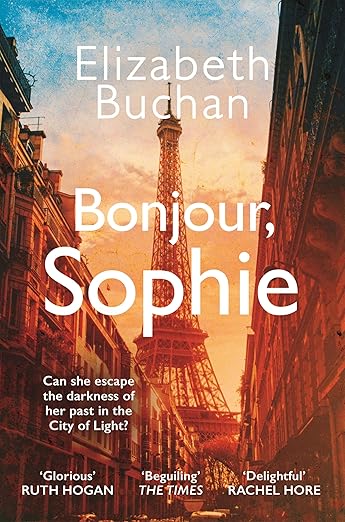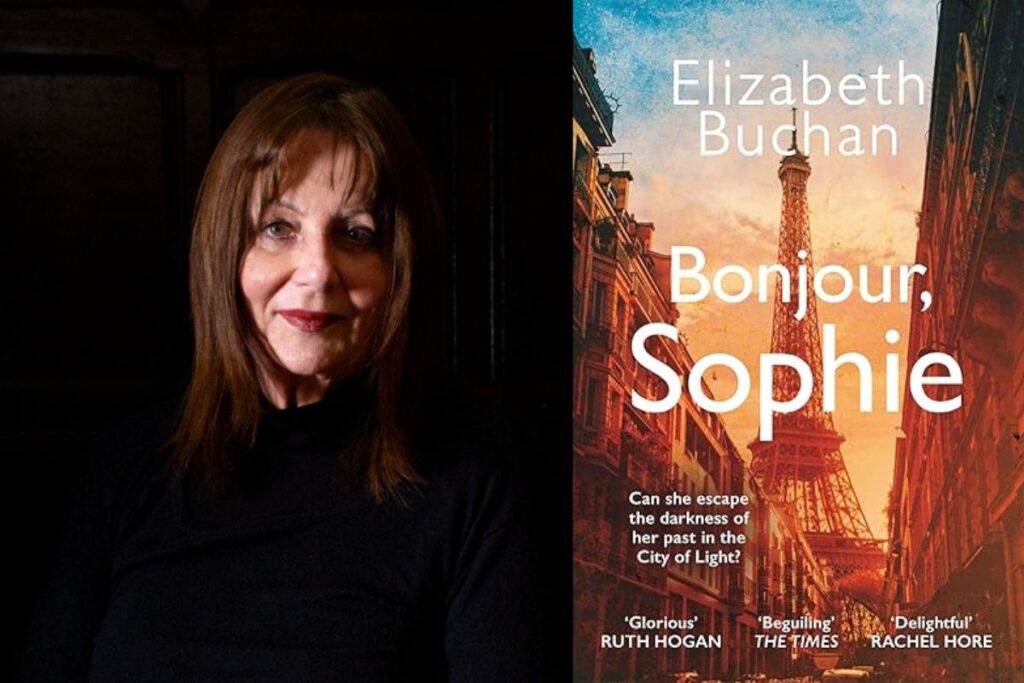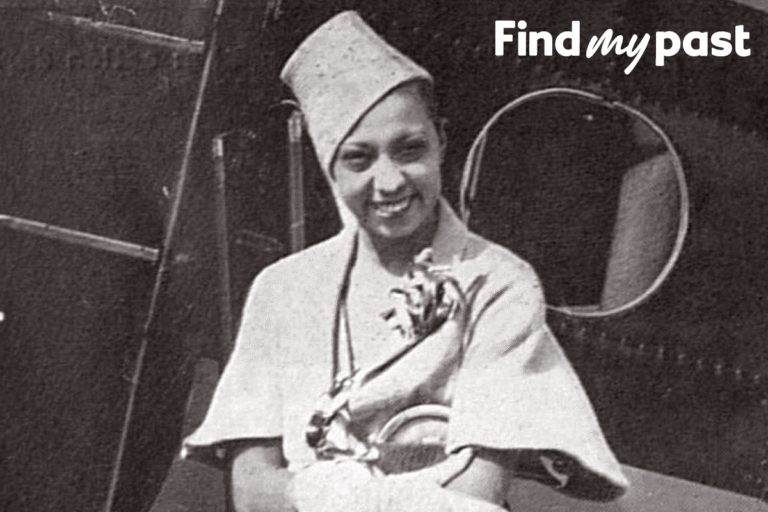2025 judge of the Women’s Prize for Non-Fiction, Elizabeth Buchan’s new novel Bonjour Sophie follows eighteen-year-old Sophie on her escape to Paris. Evocative and vivid in its descriptions of the City of Light, to celebrate publication we caught up with Elizabeth to learn more about how to create a convincing sense of place when writing.
The colours and jostle of unfamiliar streets. Think India. The drowsy, velvet feel of an English countryside. Think Home Counties. The smell of coffee and bread. Think Paris. A piquant mix of heat, jasmine and drains. Think tropical city. Life conducted with different mores, different religions, cradled by different buildings and structures… consider the agora of the Roman empire, the churches of Catholic Europe, the wooden structures and smoking fires of early civilisations and the wildernesses faced by pioneers. The setting in a novel is there to add resonance and significance. But can it be too invasive, too powerful? Or rather, written unsubtly and with too heavy a hand? It certainly can. I know because I’ve been guilty of it. In my early novels, while learning the craft, I included slabs, sometimes pages, of description. There wasn’t much that a (patient and forbearing) reader wouldn’t have known about a particular patch of French countryside in my SOE novel, Light of the Moon. The wheat rippling in the wind, the ten trees lining the road into the market town of Riberac… the poppies bending their heads. I could go on. Rookie mistakes. Learning the craft entails deeper considerations than the hefting of geographical, topographical and metrological detail in great slabs into a text.
In Jane Eyre, a desolate Jane is walking through the garden at Thornfield. It is midsummer and she thinks that Mr Rochester is about to marry Miss Ingram. ‘A waft of wind came sweeping down the laurel walk and trembled through the boughs of the chestnut: it wandered away – away – to an indefinite distance – it died. The nightingale’s song was then the only voice of the hour: in listening to it, I again wept…’ In Scott Fitzgerald’s Tender is the Night, the young Rosemary attends a dinner party with Nicole and Dick Diver. She is falling in love with her host and there, at that moment … ‘the diffused magic of the hot sweet South had withdrawn into them – the soft-pawed night and the ghostly wash of the Mediterranean far below…’ Each of these small, perfectly articulated descriptions evoke a specific place but they are channelled through the perceptions of Jane and Rosemary, creating an inner, as well as an outer, landscape of painful love and growing desire.
Unless skilfully managed, fictional settings can be inert or tip over into the travel brochure – I learnt that from my fields of wheat and nodding poppy period. They should never dominate to the exclusion of other aspects of the novel. Their life and properties work wonderfully if they are experienced through the characters. Yes, a city street requires some description but the nature of what it is like to be there is better felt from the character’s encounter with the difficulties, say, of negotiating a curb when wearing high heels. Or the detail that the mud left on the boots from walking a field is red rather than brown.
Mind you, nothing beats what Antonia Fraser terms ‘optical research’. This has seen me tracking down the ghosts of SOE agents in France and Denmark, walking around ‘Cold War’ Berlin or tracing the route of the tumbrils in Paris.
In Prague, I hunted down the convent where political prisoners were incarcerated before the Velvet Revolution demolished the system, spent hours in the Museum of Communism, and took a train to Vienna as the escapees from the communist regime would try to do using false papers (and were often caught). In Berlin, I visited one of the houses used by the Stasi to conduct interrogations where, I was reliably informed, Putin operated during his time learning the trade of the most efficient surveillance organisation Europe has ever known.
‘Optical researches’ are important and settle into the memory for deployment. Yet, they are not the whole story. Imagination and invention, too, are powerful vectors and creators. Readers of the bestselling Gorky Park were often dumbfounded when it was revealed that Martin Cruz Smith had never been to Moscow. Anne Tyler wrote of using the obscure detail – she cited newspaper reports of people slipping on the wet cobblestones in Baltimore – to build an illusion of verisimilitude and intimacy with her chosen background.
In my latest novel, Bonjour, Sophie, the eighteen-year-old daughter of a French refugee who has been brought up in Sussex, makes her way to Paris in 1959. Sophie (and I) were thinking smoke-filled cafes, Capri pants and Jean-Paul Sartre holding forth in the Café de Flore. Yet, as she discovers, and as I did from my research, that if the immediate trauma of the war was fading, its legacy was still omni-present. Vendettas and old scores are still sharp. War’s destructions are everywhere – buildings are hollowed out entities, quartiers cry out to be revivified. The on dit circulating at the time was that Paris was due a facelift, but no one had instructed the surgeon.
To unpeel the layers that make up Paris required reading widely (hugely enjoyable). La Nouvelle Paris argued that Paris ‘is a city through whose veins runs resistance. The alleyways, the churches, the dark streets have inbuilt subversion built into them.’ Reading Graham Robb’s Parisians: An Adventure History of Paris was to discover that during the eighteenth century Parisians had no map of the city (Turgot had commissioned one in 1734 but distribution was limited) and consequently not much clue as to where they were. They included Marie-Antoinette who, escaping from the Tuileries Palace, headed off in the opposite direction from the coach waiting to rescue her. No A-Z for her. Journalist Stanley Karnow’s Paris in the Fifties also yielded detail that was pure gold. My favourite was of the popular brothel, The One-Two-Two where the Orient Express Room was constructed for railway enthusiasts where, in between bouts, you could watch changing scenery and listen to a railway soundtrack.
Leonard Pitt’s Walks Through Lost Paris incorporated old photographs illustrating how a city of ‘narrow and humid corridors,’ was transformed by Baron Haussman into one of straight boulevards which, a century later, allowed the occupying Nazis unimpeded access. When the Allies advanced and street battles broke out in August 1944, it made sense for the Resistance to choose small narrow streets, often running east-west, to site their field hospitals thus preventing large German vehicles gaining access. That detail gave me the key: this would be the place where Sophie’s father died during Paris’s liberation. Splashed with coffee stains and shredded litter, this is where her pilgrimage would end and her life would begin.
P.S It is worth noting that the Stasi had hideous taste in furniture.









